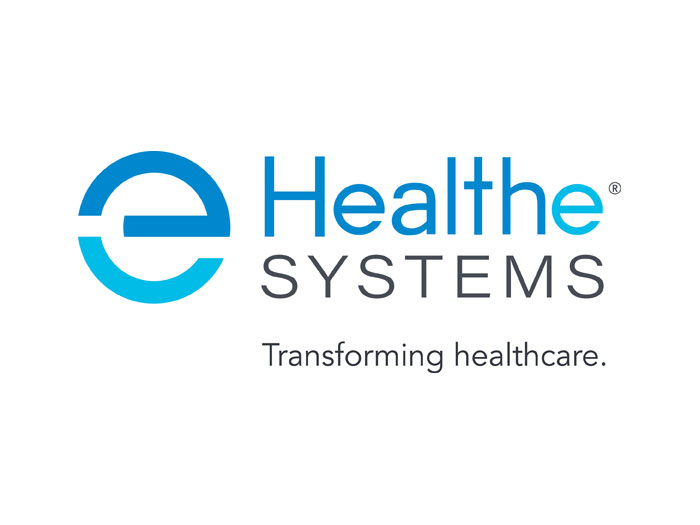No Need for a Clipboard to Record Data. Let Spot the Robot Dog Fetch Those Numbers
Thanks to big strides in technology, we now have access to an unprecedented amount of risk data. Imagine tapping into a constant stream of information, so rich and timely that we can nip potential problems in the bud before they can spiral into significant losses.
Today, risk data is accessible instantaneously, democratizing information previously held by only a select few or those with advanced technical knowledge. As a result of this shift, both personal and commercial policyholders are gaining a fresh perspective on risks and can implement measures to mitigate them.
I recently had a great discussion with Nancy Greco, an IBM researcher who has tracked the progression of risk data. Not only has she studied this evolution, but she’s also experienced its advantages firsthand as a semiconductor manufacturing executive who needed to know where the potential risks were that could shut down operations before a costly loss.
On our Predict & Prevent™ podcast, Greco, a distinguished IBM engineer, shared her insights on the trajectory of risk data and its implications for the future.
Historically, risk assessment was manual and rudimentary. Greco reminisced about individuals patrolling facilities with clipboards, ticking off inspection items. While these records validated that an inspection occurred and could detect obvious problems, they failed to offer predictive insights or measure changes in conditions, such as the expansion of a minor leak or rust development.
A human inspector might also sense that something was wrong or not performing normally, but extracting those insights in an organized way from pages of checklists would be challenging, she said.
The introduction of sensors marked a significant advancement. These devices allowed constant monitoring of several variables, such as temperature, moisture, vibration, smoke and more. By focusing on one parameter, sensors also provided a chronological data view, revealing changes over time that might signify upcoming losses. More sensors gave more data points on an asset.
However, in large industrial settings, widely installing Internet of Things (IoT) sensors can be costly, both in terms of the number of devices needed and in terms of cloud data storage. Greco pointed to the efficiency of edge computing as a solution, storing and processing data locally rather than in the cloud.
Then came an innovative proposition: Could robots, equipped with sensors and edge computing capabilities, navigate facilities to capture the data that an enterprise needed?
Greco highlighted work that IBM has done with Boston Dynamics’ robotic dog, Spot, to make this a reality. Outfitted with multiple sensors, she said Spot can function as a mobile edge computing unit, performing the analytics “literally on its back.”
Robots like Spot can undertake monotonous or perilous tasks, gathering data with a static sensor’s accuracy. Furthermore, Spot’s selectivity in inspections, based on equipment age or condition, represents a more efficient and flexible use of IoT technology.
IBM’s use of AI to train Spot — for example, enabling it to read analog gauges in potentially explosive settings — epitomizes the fusion of robotics and AI.
With the rapid advancements in data acquisition and processing, the promise of Predict & Prevent™ is closer than ever. The blend of creativity and technology, as described by Greco, will significantly shape this future.
To learn more about IBM’s work with risk data and Spot, listen to my full conversation with Nancy Greco in Episode 8 of the Predict & Prevent podcast, available at predictandprevent.org. &










